Iran’s Islamic Revolution shook the world in 1979, with currents that continue to be felt today. Decades later, the details of this watershed event—which redrew the geopolitical order in many ways—are worth recalling. On the eve of the revolution’s 40th anniversary, we here at Brookings have put together a timeline featuring key events that led to the fall of the Pahlavi dynasty and the rise of the Islamic Republic.
The Iranian Revolution—A timeline of events
Storm clouds gather
- 1977
- January – July
Journalists, intellectuals, lawyers, and political activists publish a series of open letters criticizing the accumulation of power at the hands of the Shah.
- October
A 10-night poetry festival organized by the Iranian writers’ association at the Goethe Institute in Tehran attracts thousands of participants for lectures criticizing the government.
- October 23
Mostafa Khomeini, the eldest son of exiled cleric Ayatollah Ruhollah Khomeini, dies of unknown causes at age 47 in Najaf, Iraq. The elder Khomeini has lived in exile since 1963, when he was arrested for leading protests against the Shah’s modernization program.
- November 15-16
During a visit to Washington, the Shah’s welcome at the White House is disrupted by protests by Iranian students (as well as the tear gas used by police to quash the protests.)
- December 31
On a brief visit to Iran, President Jimmy Carter toasts the Shah, describing Iran as “an island of stability in one of the most troubled areas of the world.”
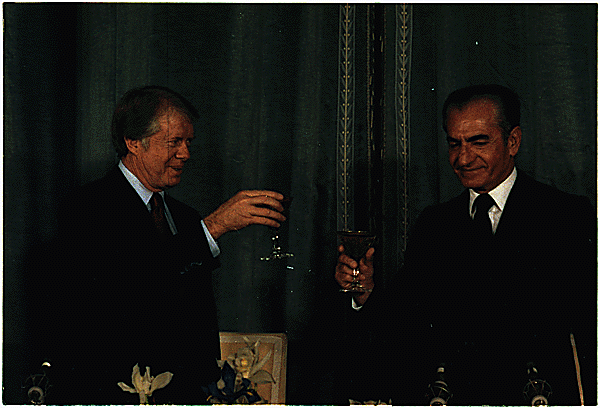
A spark ignites
- 1978
- January 6
Iranian newspaper Ettela’at publishes a front-page editorial disparaging Ayatollah Ruhollah Khomeini, reportedly written by the royal court at the directive of the Shah.
- January 9
The main bazaar in Qom, where Iran’s largest seminaries are based, closes to protest the defamation of Khomeini. Several thousand protestors attacks symbols of the monarchy; security forces kill at least five people.
- February 18
Consistent with Shia tradition, mourning ceremonies are held in cities across Iran on the fortieth day following the death of the Qom protestors. A student protestor is killed in Tabriz, provoking riots and further violence.
- March – May
The cycle of protests, repression, violence, and mourning continues in three dozen Iranian cities.
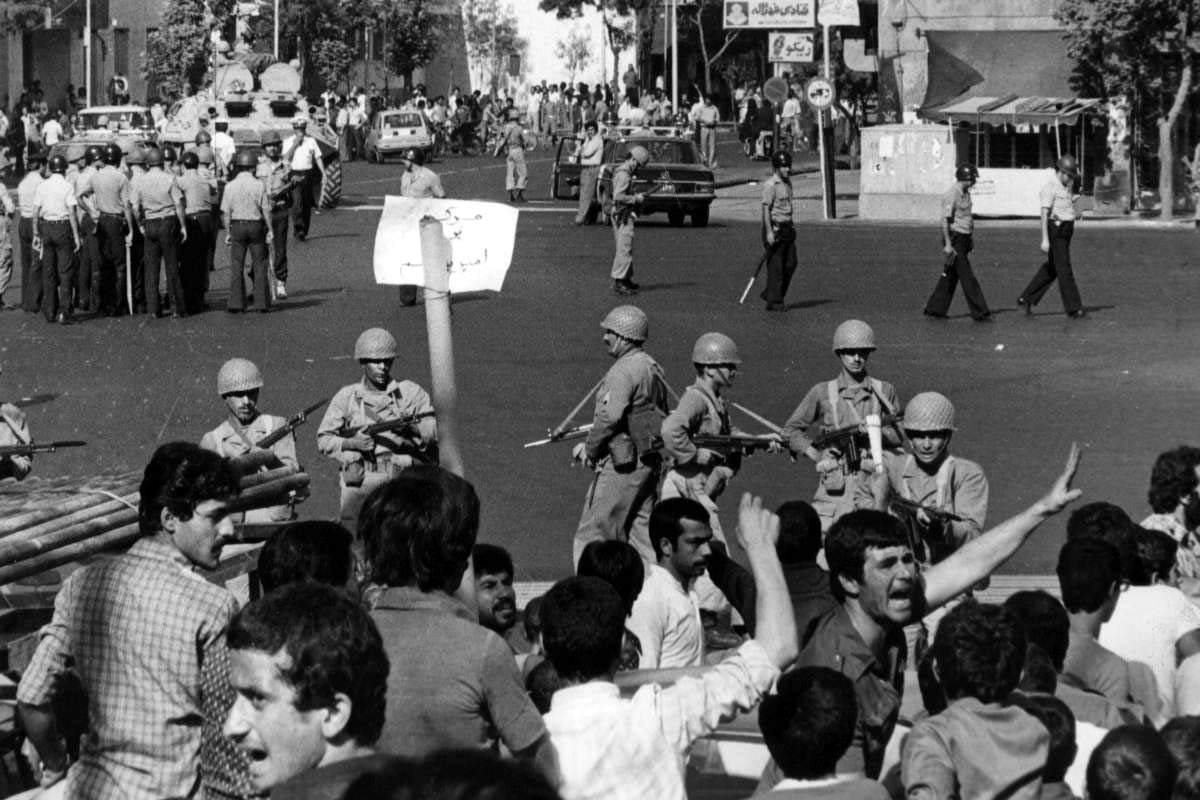
June 7
The Shah replaces General Nematollah Nassiri, the head of SAVAK; one of his successor’s first moves was to order the release of 300 detained clerics.
July 20
Protests erupt in Mashhad after the death of a cleric in a road accident; a number of people were killed in the upheaval there and elsewhere.
August 9-10
The arrest of a cleric provokes riots in Isfahan, which quickly spread to Shiraz, Qazvin, Tabriz, Abadan, and Ahwaz. The Shiraz Art Festival is cancelled and an estimated 100 are killed. Martial law is declared in Isfahan.
A revolution erupts
- August 19
477 Iranians die in a deliberately set fire at Cinema Rex in Abadan. The opposition blames SAVAK; after the revolution, an Islamist confessed and was prosecuted for the arson.
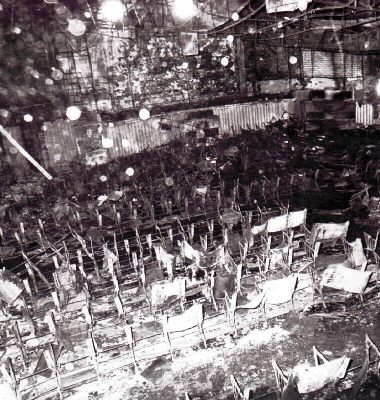
August 27
Prime Minister Jamshid Amouzegar resigns; his successor, Jafar Sharif-Emami, undertakes reforms intended to assuage.
September 8
On the morning after the Shah declared martial law, security forces fire on a large protest in Tehran’s Jaleh Square. At least 100 were killed and the event became known as “Black Friday.”
October 3
At the Shah’s behest, the Iraqi government deports Khomeini. After he is denied entry to Kuwait, Khomeini travels to France and settles in Neuphle-le-Chateau, a Parisian suburb, where he benefits from far greater media access and attention.
November 6
Days after protests swell in Tehran on a religious holiday, efforts to broker a national unity government with the opposition collapse, thanks to Khomeini’s defiance. Prime Minister Sharif-Emami resigns, succeeded by Gen. Gholamreza Azhari. The Shah broadcast on national television a promise not to repeat past mistakes and to make amends saying, “I heard the voice of your revolution…As Shah of Iran as well as an Iranian citizen, I cannot but approve your revolution.”
December 6
Only a week after he publicly reaffirmed U.S. support for and “confidence in” the Shah, President Jimmy Carter publicly hedges in press statements, noting that “We personally prefer that the Shah maintain a major role, but that is a decision for the Iranian people to make.”
December 10-11
Millions of Iranians protest all over the country demanding the removal of the Shah and return of Ayatollah Ruhollah Khomeini.

December 29
The Shah appoints Shapour Bakhtiar as prime minister. A long-time nationalist politician and vocal critic of the Shah, he is confirmed by the parliament two weeks later.
1979
January 12
In Paris, Ayatollah Khomeini forms the Revolutionary Council to coordinate the transition.
The Interregnum
- January 16
Shah and his family leave Iran for Egypt, ostensibly for “vacation.” As he departs, the Shah tells Prime Minister Bakhtiar “I give Iran into your care, yours and God’s.” The Shah’s farewell address can be heard here.
- February 1
Khomeini returns to Iran and is greeted by millions of people in the streets of Tehran.
- February 4
Khomeini appoints Mehdi Bazargan as the prime minister of an interim government. Bakhtiar insists that he remains the head of the only legitimate Iranian government.
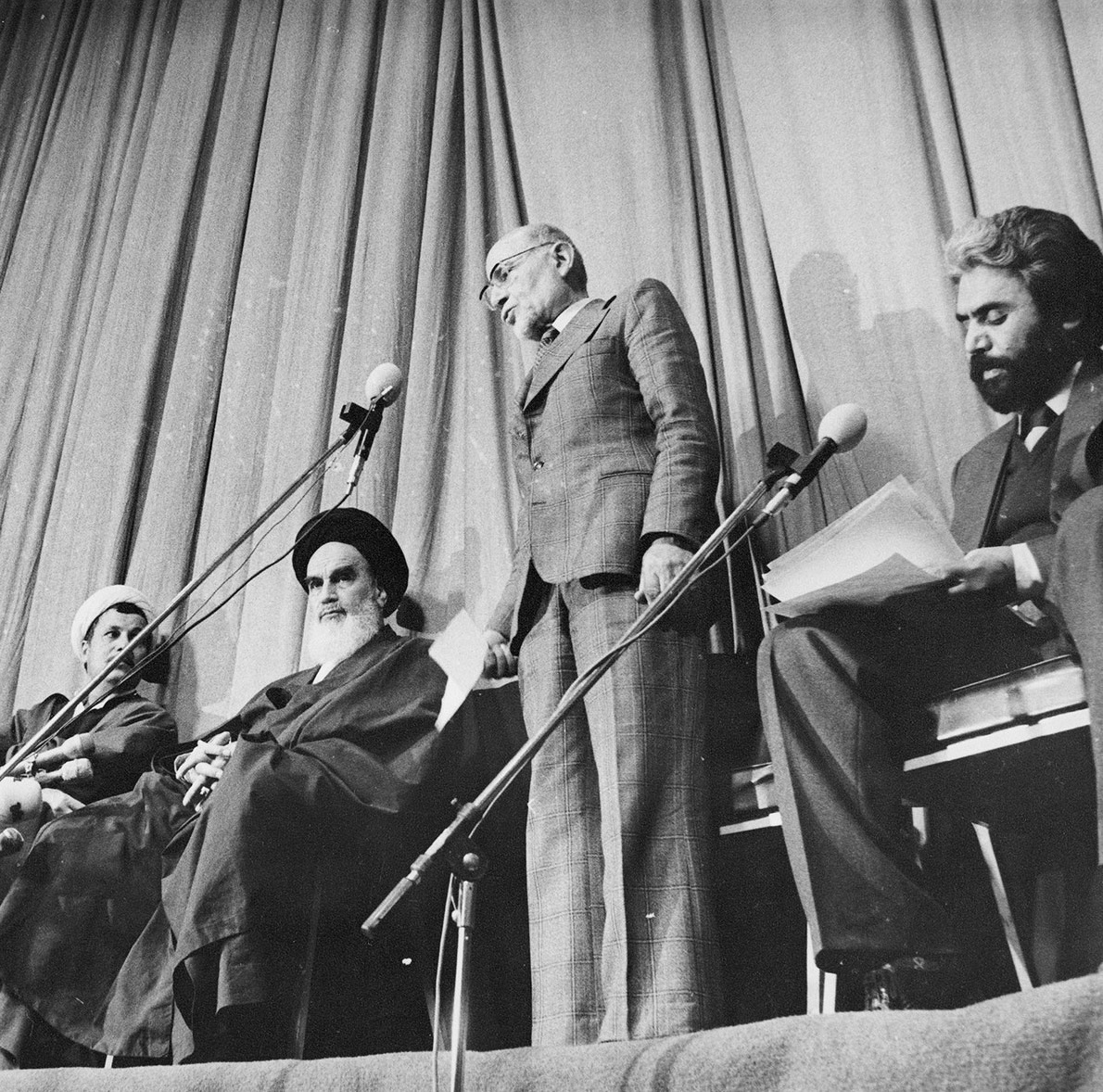
1979
February 10
Bakhtiar announces country-wide curfew and martial law. Khomeini orders his followers to ignore the curfew and rise up in national revolution.
February 11
The armed forces declare neutrality, and any remnants of the Shah’s government collapse. Bakhtiar quickly fled Iran for France, where he was assassinated in 1991 by Iranian agents.
The provisional government
- February 14
The U.S. Embassy in Tehran is attacked by crowds; embassy staff initially surrender, but the protestors were ousted on the order of Iran’s acting Foreign Minister Ibrahim Yazdi.
- March 8
Tens of thousands of Iranian women protest in Tehran on International Women’s Day to oppose mandatory veiling. (See also: https://designyoutrust.com/2018/10/rare-photographs-document-iranian-women-protest-against-the-hijab-law-in-march-1979/)
- March 30-31
Iranians participate in a national referendum on whether Iran should become an “Islamic Republic;” the motion (which offered no alternatives) received near-unanimous support.
- May 5
Islamic Revolutionary Guard Corps is established by a decree issued by Khomeini.
- August 3
Iranians vote in nation-wide elections for the Assembly of Experts, a clerical-dominated body empowered to finalize the draft constitution. Due to boycotts by leftist, nationalist, and some Islamist factions, voter turnout falls far below the March referendum.
- October 14
Assembly of Experts approves draft new constitution, enshrining Khomeini’s innovative doctrine of velayat-e faqih, which accords ultimate authority to a religious leader.
- October 22
Shah Mohammed Reza Pahlavi is allowed to enter the U.S. for medical treatment. Khomeini condemns the U.S. for allowing the deposed Shah entry into the country.
The hostage crisis
- November 4
Student protestors overrun the U.S. Embassy in Tehran, seizing its personnel as hostages.
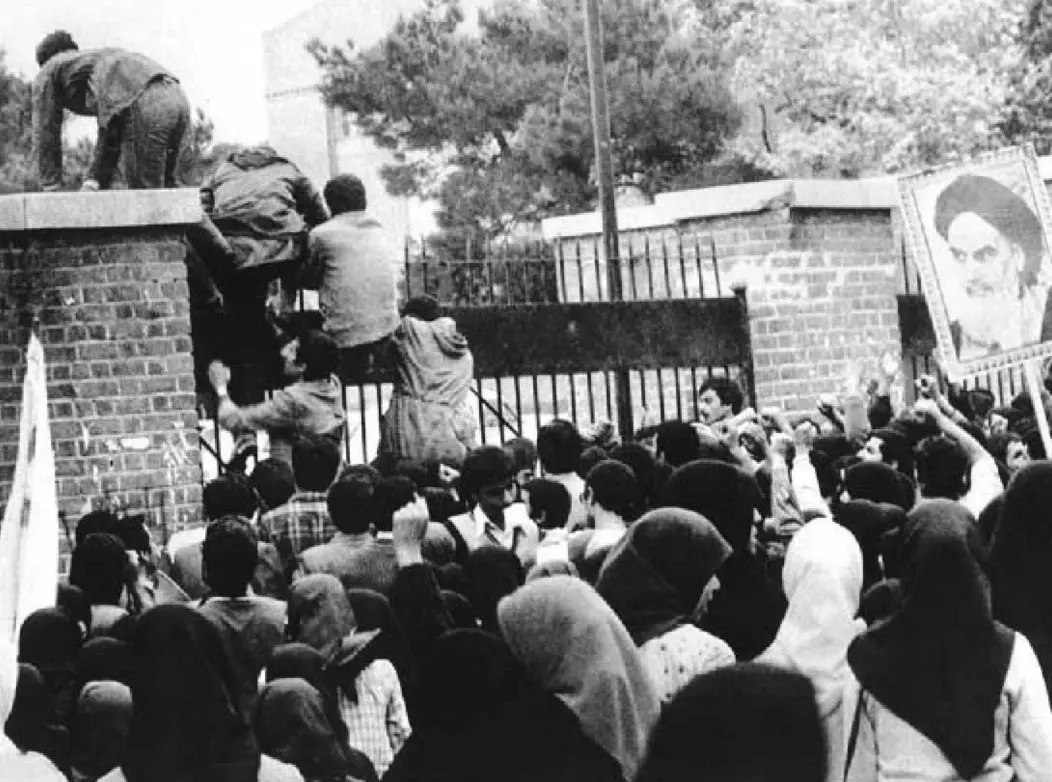
November 6
The leaders of Iran’s provisional government resign in protest, ceding uncontested authority of the new state to Khomeini and the Revolutionary Council.
November 7
U.S. President Jimmy Carter sends emissaries with a personal note to Iran to negotiate the release of the hostages, but they are refused entry.
November 14
U.S. freezes all the property and interests of the government of Iran and the Central Bank of Iran.
November 19-20
13 female and African-American hostages are released in a unilateral Iranian gesture.
December 2-3
Iran’s new constitution overwhelmingly approved in a popular referendum that drew participation from 75% of the electorate.
December 4
The United Nations Security Council passes a resolution calling for Iran to release the hostages.
December 15
The Shah leaves the United States for Panama.
1980
January 25
Abolhassan Bani Sadr is elected as the Islamic Republic’s first president; within 18 months, he would be impeached and flee the country.
March 14
Iranians vote in parliamentary elections, with a second round held in May.
April 7
U.S. formally severs diplomatic relations with Iran.
April 25
Operation Eagle Claw: Embassy hostage rescue mission fails, after sandstorms cause the crash of one of the helicopters and the death of eight U.S. soldiers.
April 28
Secretary of State Cyrus Vance announces his resignation, submitted to President Carter four days before the rescue operation was launched.
July 9
Iranian authorities discover a coup plot and launch a new purge of the military.
July 27
Shah Mohammed Reza Pahlavi dies in Cairo, Egypt.
September 12
In a speech, Ayatollah Khomeini outlines the preconditions for an agreement.
September 22
Iraq invades Iran, setting off an eight-year conflict that resulted in hundreds of thousands of casualties on both sides.
1981
January 20
All remaining U.S. hostages are released after 444 days, after Tehran and Washington conclude the Algiers Accords. The agreement unfreezes Iranian assets, lifts other U.S. sanctions on Iran, and establishes a tribunal to adjudicate billions of dollars of financial claims between the two countries.
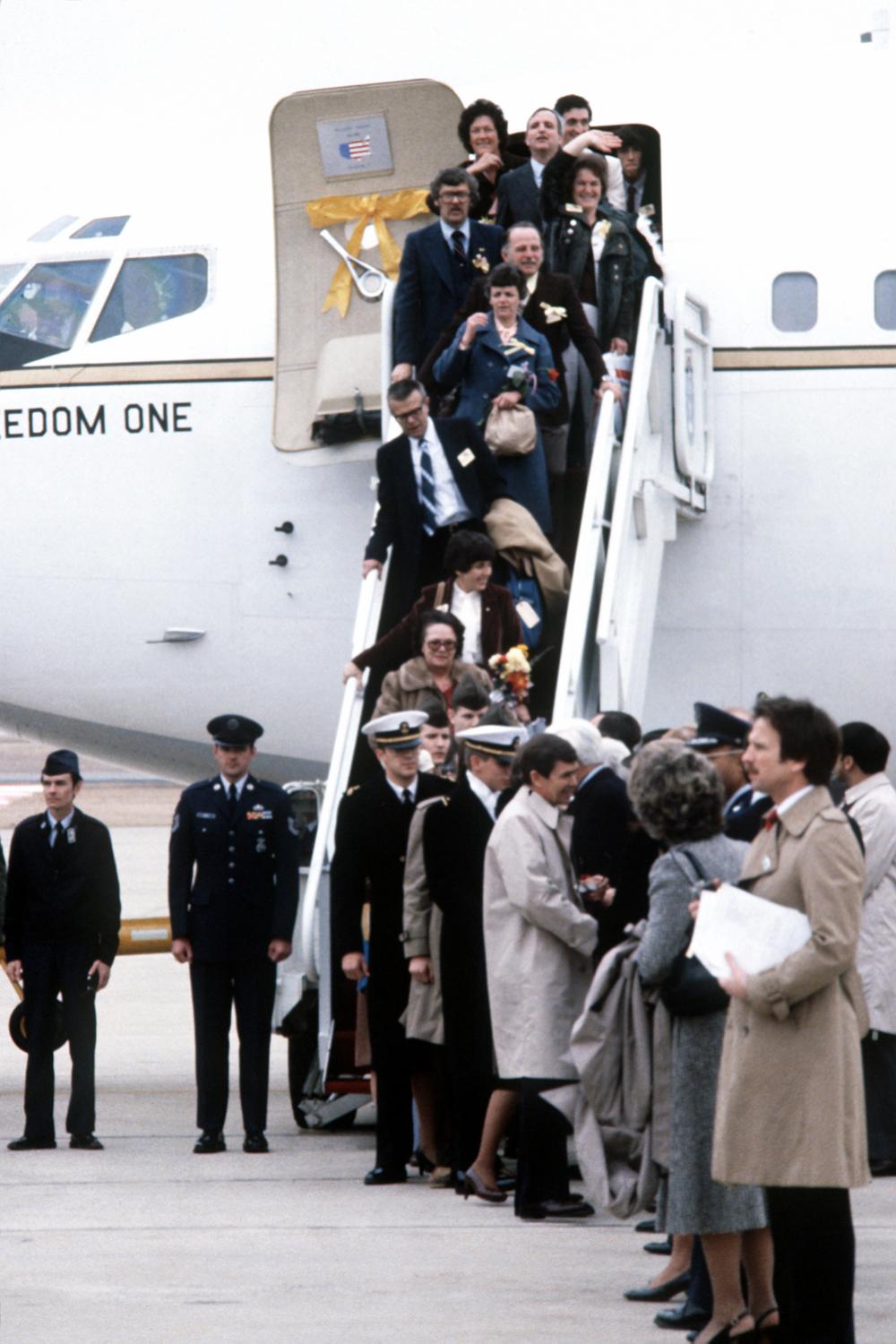

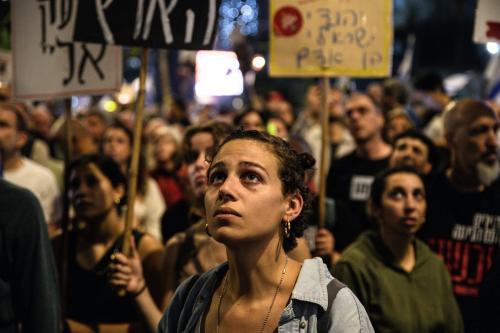


Commentary
The Iranian revolution—A timeline of events
January 24, 2019